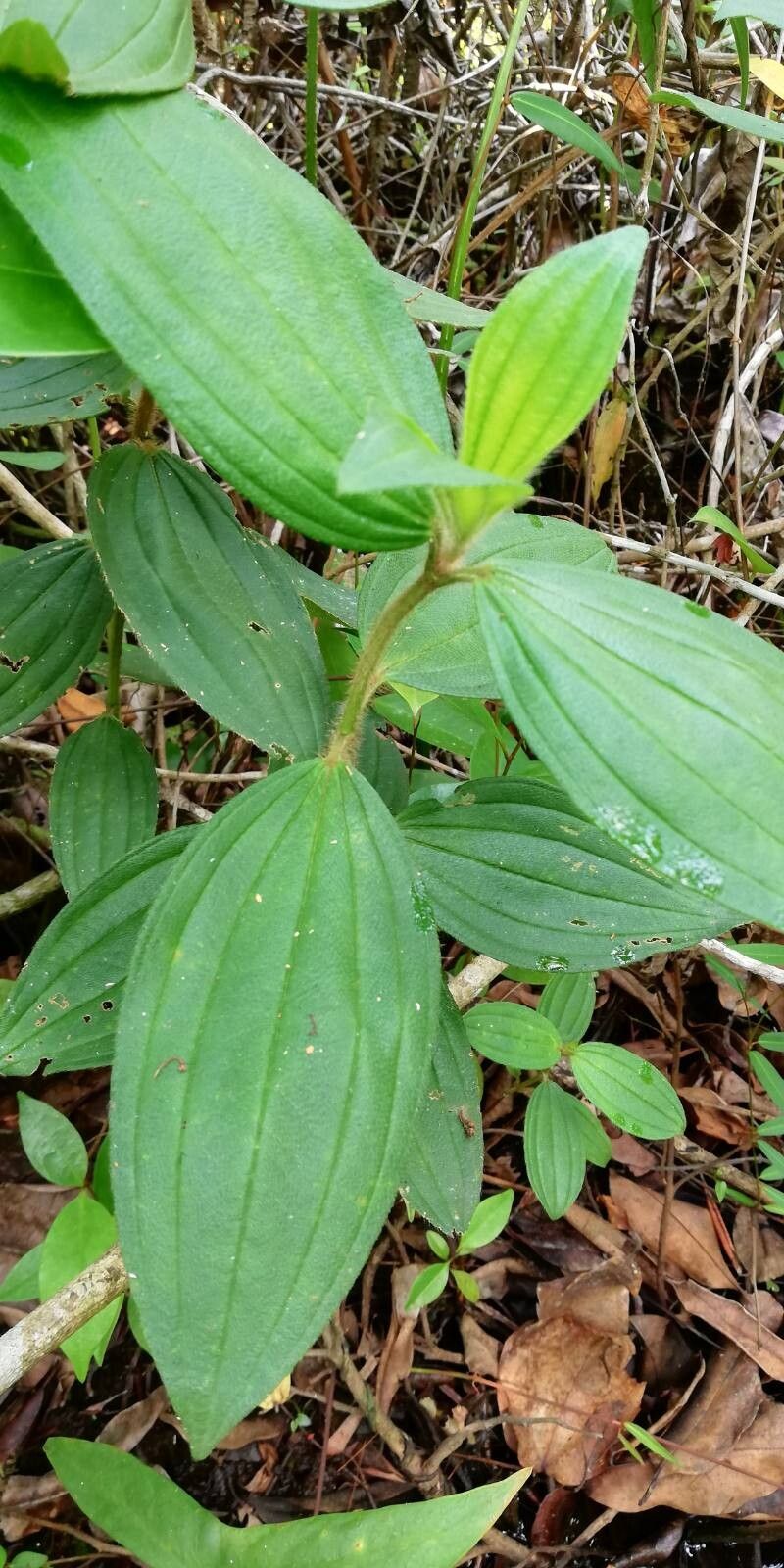Unlocking the Secrets of Dichaetanthera strigosa: A Propagation Guide for Blossoming Success
Dichaetanthera strigosa, with its delicate, star-shaped flowers and vibrant colors, is a sight to behold. This captivating shrub, native to the tropical regions of Africa, can bring an exotic touch to your garden or home. But how do you go about propagating this beauty and ensuring its success? Don’t worry, we’re here to unravel the secrets of Dichaetanthera strigosa propagation and set you on the path to a flourishing floral display.
Two Paths to Propagation: Seeds vs. Cuttings
Dichaetanthera strigosa can be propagated through two primary methods: seeds and cuttings. Each approach comes with its own set of advantages and challenges:
1. Seed Propagation: A Journey of Patience and Potential
Propagating from seeds offers the satisfaction of witnessing the entire life cycle of your Dichaetanthera strigosa. However, it requires patience, as seed germination can be slow and unpredictable.
Steps for Seed Propagation:
- Source fresh seeds: Obtain seeds from reputable suppliers or collect them directly from mature seed pods, ensuring they are dry and viable.
- Prepare the seedbed: Use a well-draining seed starting mix and sow seeds lightly on the surface.
- Provide warmth and moisture: Maintain a warm temperature (around 70-75°F) and keep the soil consistently moist but not waterlogged.
- Be patient: Germination can take several weeks to a few months.
2. Cuttings: A Faster Route to Success
If you’re seeking quicker results, propagating from cuttings is the way to go. This method involves taking a section of healthy stem and encouraging it to develop roots.
Steps for Cutting Propagation:
- Take cuttings in spring or summer: Choose healthy, non-flowering shoots and cut a 4-6 inch section just below a node.
- Prepare the cutting: Remove the lower leaves and wound the base slightly to encourage root development.
- Plant in a suitable medium: Use a well-draining potting mix or a mix of peat moss and perlite.
- Provide humidity and warmth: Cover the cutting with a plastic bag or humidity dome to retain moisture and maintain a warm temperature.
- Be attentive to moisture: Keep the soil consistently moist but avoid overwatering.
Essential Care for Thriving Plants:
Regardless of your chosen propagation method, providing optimal care is crucial for healthy growth:
- Light: Dichaetanthera strigosa thrives in bright, indirect light. Avoid direct sunlight, which can scorch the leaves.
- Water: Maintain consistently moist soil, allowing the topsoil to dry slightly between waterings. Good drainage is essential to prevent root rot.
- Humidity: This tropical beauty appreciates moderate to high humidity levels. Regular misting or placing the pot on a pebble tray filled with water can help achieve this.
- Fertilizer: Feed your Dichaetanthera strigosa with a balanced, water-soluble fertilizer diluted to half strength every 4-6 weeks during the growing season.
Troubleshooting Tips:
Even with the best care, issues can arise. Here are some common problems and solutions:
- Yellowing leaves: Often indicates overwatering. Ensure proper drainage and adjust watering frequency.
- Leaf drop: Can be caused by low humidity, underwatering, or temperature fluctuations.
- Leggy growth: A sign of inadequate light. Move the plant to a brighter location.
A Rewarding Journey:
Propagating Dichaetanthera strigosa, while requiring some patience and dedication, is an incredibly rewarding process. The satisfaction of nurturing new life and witnessing the vibrant blooms firsthand is worth the effort. So, embark on this exciting journey of propagation and fill your space with the captivating charm of Dichaetanthera strigosa.

